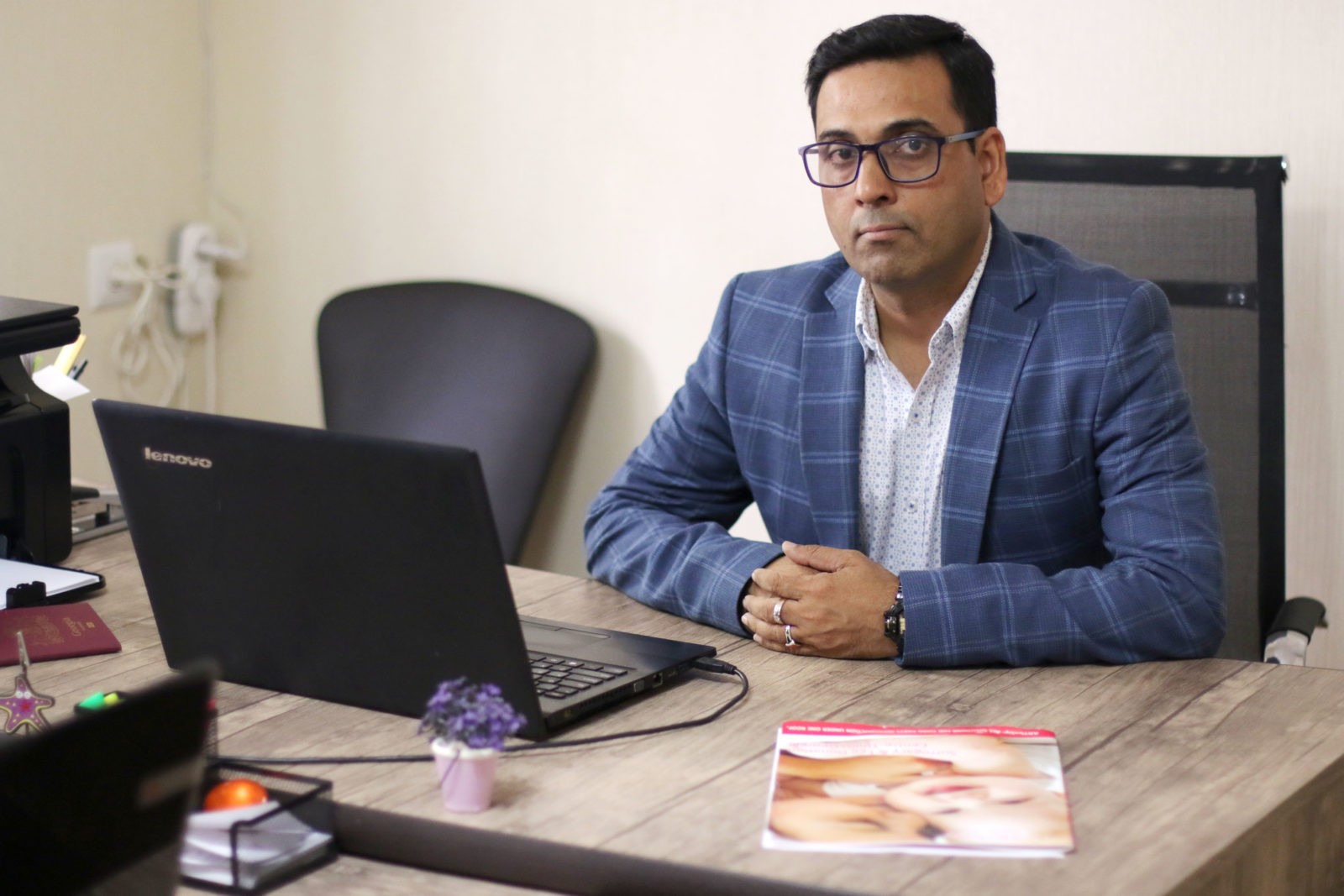
A variety of assisted reproductive techniques are included infertility treatment to increase the scope of conceiving.
Egg and sperm donation, insemination of gamete, intrauterine insemination, and intracytoplasmic sperm injection are some less complicated assisted reproductive techniques.
But surrogacy is a relatively complicated assisted reproductive technique.
Multiple processes may include completing the surrogacy depending upon the intended parent’s physical condition and the contract signed between the intended parents and surrogates.
Apart from the complicated clinical process, legislative challenges related to the fundamental rights of women and mothers also added difficulty to pursue surrogacy.
Egg and sperm donation, insemination of gamete, intrauterine insemination, and intracytoplasmic sperm injection are some assisted reproductive techniques that require less complication than surrogacy.
Comparatively, surrogacy is a relatively complicated assisted reproductive technique.
Multiple processes may include completing the surrogacy depending upon the intended parent’s physical condition and the contract signed between the intended parents and surrogates.
Apart from the complicated clinical process, legislative challenges related to the fundamental rights of women and mothers also added difficulty to pursue surrogacy.
Before initiating the assisted reproductive treatment in surrogacy, a surrogacy agreement requires to sign between the surrogate and intended parents for avoiding legal challenges.
In this surrogacy agreement, the surrogate agrees to act as a gestational carrier for a couple and hand over the child to them after delivery.
In gestational surrogacy, the IVF process is an integral part of the treatment.
The embryo is created through in vitro fertilization.
There are different possibilities of the genetic relationship of a child born through gestational surrogacy.
These diverse combinations of genetic relationships are only possible due to the assisted reproductive techniques allowing multiple ways to create an embryo.
The gametes may collect from the prospective parents, or donor gametes are used to form the embryo.
In case of the intended mother has ovulation abnormality, poor egg quality, or insufficient eggs, then the sperm is collected from the client couple and a donor egg is used.
If both sperm and eggs are collected from prospective parents, then the delivered child has a complete genetic child of the prospective parents and no relation with a gestational surrogate.
But in the case of both the gametes (sperm and egg) have used from donors, then the child has no biological relationship with the prospective parents and gestational carrier.
There is another possibility. The child has a biological relationship with his/her father in case of the intended father’s sperm is used to form the embryo.
But in such cases no genetic connection with the intended mother.
There are three separate women involved in such cases the genetic mother, the gestational mother, and the commissioning mother.
In traditional surrogacy, a surrogate can donate her eggs to create the embryo.
In such cases, the born child has a genetic relationship with the surrogate.
However, in every surrogacy technique, the treatment is followed according to the treatment plan.
Both surrogate and intended parents accept the treatment plan, which was made before the initiation of treatment.
Infertility becomes a global health issue.
Assisted reproductive technique involvement gives the alternative opportunity to the infertile couple to build their family by opting for surrogacy.
This invention gives a new aspect of reproductive care.
Intended parents can travel cross broader to obtain the surrogacy service.
Different names, such as ‘ cross broader surrogacy’, “procreative tourism”, ” fertility tourism” or “reproductive tourism’ describe the same.
This travel plan is mainly conducted by the intended parents for their reproductive treatment purposes.

Ravi Sharma is a self-motivated, successful entrepreneur and has a solid experience in the fertility segment. and he is the director at ARTbaby Global (ARThealthcare). He is a pharmacy graduate with post-graduation in business administration and has 14 years of rich experience in the field of infertility segment. He loves to write about IVF, Surrogacy, and other ART (assisted reproductive technology) news, issues, and updates. He is a Pharmacy graduate (B. Pharm) and M.B.A (marketing).
His most recent success includes the successful launch of the medical tourism company, ARTbaby, which offers treatment options for infertility, egg donation, and surrogacy. He likes spending time with his family and writing about various aspects of IVF surrogacy and donating eggs.
